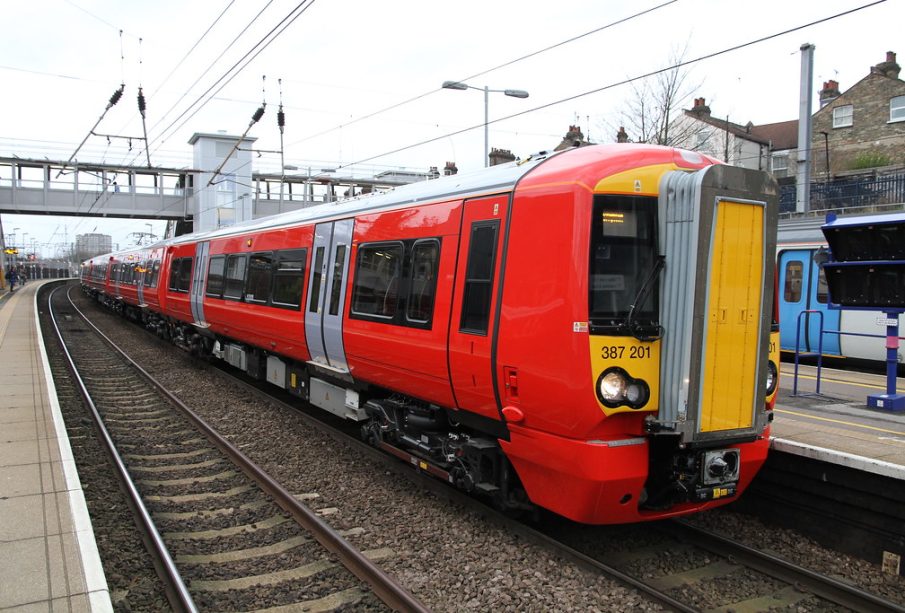Thameslink: Essential Rail Connectivity in London and Beyond

Introduction
The Thameslink rail services play a crucial role in ensuring transport connectivity across London and the South East of England. This extensive network is integral not only for daily commuters but also for visitors exploring the capital and surrounding regions. With the recent increases in rail usage post-COVID-19, Thameslink continues to adapt and improve its services to meet the growing demand.
Overview of Thameslink Services
Thameslink operates a vital network that connects important destinations such as Bedford, Brighton, and Sutton, utilising a central route through London. The service links various key stations, including London Blackfriars, London Bridge, and St Pancras International, facilitating seamless transfers between multiple lines and other forms of transport. With 24 trains per hour at peak times, Thameslink offers a reliable service that significantly eases congestion on the London Underground and other rail services.
Recent Developments
As part of continued improvements, Thameslink has recently completed upgrades in key areas, enhancing reliability and customer experience. Among the upgrades, new trains equipped with modern facilities are being introduced, allowing for faster journeys and increased comfort for passengers. Additionally, stations have seen renovations to improve accessibility and provide better facilities for all users, including improved ticketing systems and waiting areas.
The introduction of the new fleet of trains is scheduled to raise capacity on various routes, catering to increasing passenger numbers, which have rebounded strongly as restrictions lifted. Thameslink has also adapted its scheduling to tackle peak time travel challenges, ensuring smooth operations throughout the commuting hours.
Impact on Local Communities
Thameslink’s services not only benefit commuters but also positively impact local economies. Enhanced connectivity supports local businesses, allows for easier travel for job seekers, and encourages tourism in areas connected by the rail system. Furthermore, the continuing emphasis on sustainability and reducing travel times is aligned with government targets for greener transport solutions.
Conclusion
As Thameslink continues to invest in its infrastructure and services, its role in London’s transport ecosystem becomes even more significant. The network’s ability to adapt and meet the evolving needs of commuters demonstrates its importance in supporting both daily travel and the long-term vision for integrated public transport. For residents and visitors alike, Thameslink provides a critical solution for efficient movement across one of Europe’s busiest urban areas.









